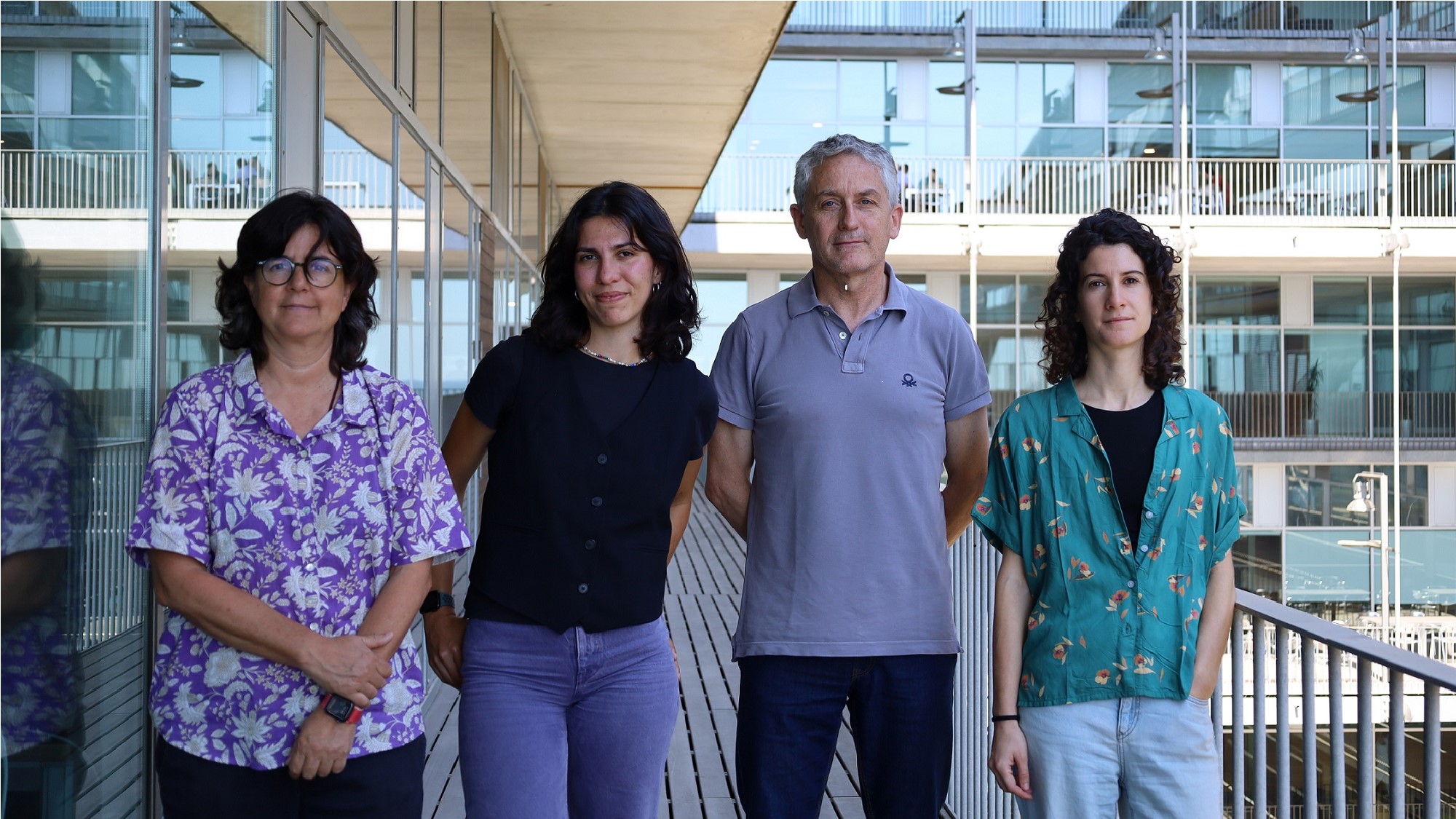A recently published study has identified a series of ‘microproteins‘ that could play a key role in generating vaccines against liver cancer.
These small proteins (20-60 amino acids long, compared to the average of 450 that proteins have in general) are expressed by genes that until recently were believed not to give rise to any protein at all.
Now, a group of researchers has used a series of computational and experimental techniques applied to more than one hundred samples of liver tumours, to identify a group of these microproteins with very interesting characteristics:
- They are produced only by liver tumor cells.
- They are able to stimulate the immune system.
- 13 of these microproteins are expressed in more than 10% of patients.
These characteristics make these microproteins potential targets for the development of vaccines against liver cancer. In fact, these microproteins by themselves already generate a specific immune response against cancer cells that express them. This reaction could be increased with RNA vaccines or peptides, which further stimulate the immune system. This could help stop or reduce the growth of tumors. This will be the next goal of the team, which is also exploring whether these types of microproteins are also present in other types of cancer.
The study has been led by MarAlbà and Júlia Perera-Bel from Hospital del Mar Research Institute and Puri Fortes from the Center for Applied Medical Research (CIMA), University of Navarra. The group of Robert Castelo at the Department of Medicine and Life Sciences, Pompeu Fabra University (MELIS-UPF) also participated, specifically Bea Calvo-Serra, a PhD student in the group that unfortunately passed away on January 10, 2024, and to whom the rest of the authors dedicate the article.
Camarena ME, Theunissen P, Ruiz M, Ruiz-Orera J, Calvo-Serra B, Castelo R, Castro C, Sarobe P, Fortes P, Perera-Bel, Albà MM. Microproteins encoded by non-canonical ORFs are a major source of tumor-specific antigens in a liver cancer patient meta-cohort. Science Advances. 10,eadn3628(2024). DOI: 10.1126/sciadv.adn3628







